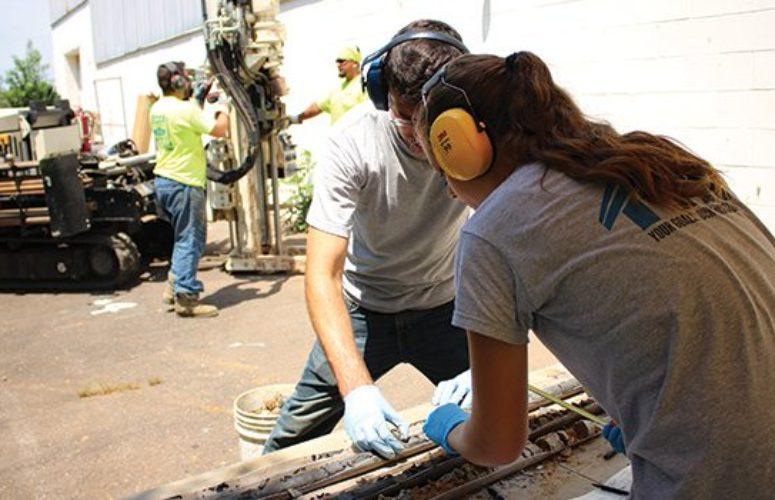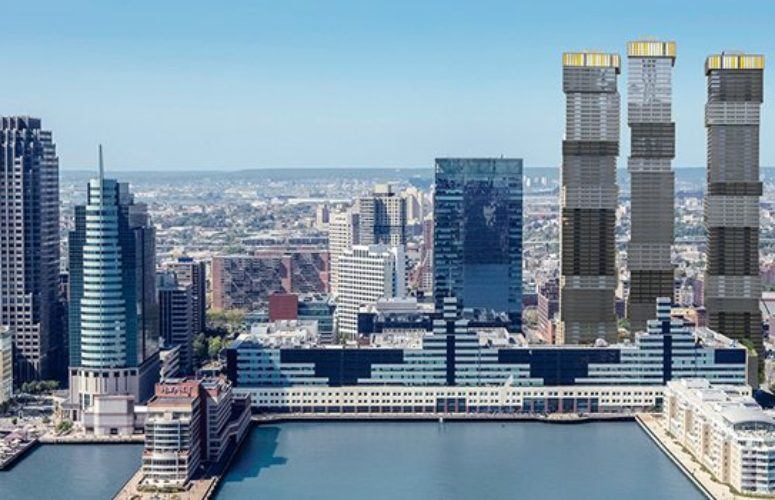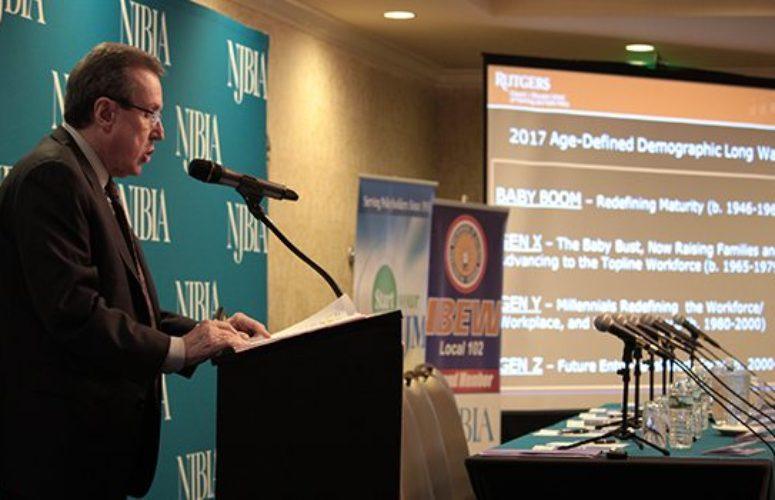
Brownfield Remediation Increasing in Urban Centers
Demand for city space by Millennials, and programs that facilitate cleanups, bring once contaminated properties back to life.
By Jennifer L. Nelson, Contributing Writer On Oct 27, 2016Throughout the Garden State, properties that were once considered undesirable are now being redeveloped to breathe new life into urban communities. Though brownfield remediation work has been occurring for quite some time, it seems now – more than ever before – that local governments and local developers are teaming up to transform underutilized properties.
“I think anybody with functioning eyes can tell that brownfield remediation throughout New Jersey – especially in urban centers – has been growing,” says Susan B. Boyle, senior environmental practice leader at GEI Consultants, Inc. She notes that any city within commuting distance to New York City continues to be a strong market for brownfield work.
“Urban brownfield remediation coupled with redevelopment has been robust throughout New Jersey over the last decade,” agrees Steven Ciambruschini, PG, LEP, principal at Langan Engineering and Environmental Services. “The reduction of sprawl and the greater understanding of the environmental and economic impacts associated with the development of ‘green fields’ has focused attention on urban sites.”
According to Mark D. Fisher, LSRP, managing partner of The ELM Group, Inc. and president of the New Jersey Licensed Site Remediation Professionals Association (LSRPA), there has been a noticeable increase in the number of brownfield projects in the state’s urban areas, particularly the “town center,” mixed-use redevelopment projects that incorporate residential uses along with retail and commercial space.
Ciambruschini notes that, in the past, these sites were often viewed as problematic; developers who took ownership of a site would assume all associated liability. However, the introduction of the 2002 Brownfields Amendments to the Comprehensive Environmental Response, Compensation and Liability Act of 1980 (CERCLA) brought new liability protection to potential buyers. “These changes in policy, as well as the introduction of the New Jersey Site Remediation Reform Act of 2009 and the Licensed Site Remediation Professional (LSRP) Program, have allowed for more timely and cost-effective remediation to occur both prior to and in conjunction with site redevelopment activities,” he adds.
Indeed, a major boost to brownfield remediation throughout the state was the creation of the LSRP Program in 2009 – and subsequent full implementation in 2012. The New Jersey’s Site Remediation Reform Act took the majority of site remediation work out of the New Jersey Department of Environmental Protection’s (DEP) hands and placed it into the control of private environmental consultants certified as Licensed Site Remediation Professionals (LSRPs).
“The LSRP program established the ability for environmental professionals to be licensed and take on the responsibility for the oversight of environmental investigations and clean-ups,” Ciambruschini explains. “This has streamlined the assessment and remediation of sites.”
Timothy C. Kinsella, vice president and operations manager at T&M Associates, notes that because of the LSRP program, “today’s brownfield projects are being completed more rapidly and more efficiently than ever. There are still some challenges, but progress has been substantial.”
Fisher agrees that the LSRP program created numerous advantages to all brownfield projects, not the least of which is an expedited, predictable remediation process – which is crucial since developers often need to complete projects as quickly as possible.
Along with the development of the LSRP program, incentives such as the Hazardous Discharge Site Remediation Fund, New Jersey Environmental Infrastructure Trust, and Economic Development Authority (EDA) programs are also helping developers transform abandoned properties into viable commodities like housing, parks and retail space across the state. “These programs enable local governments and developers to work in partnership to leverage funding, enabling projects to move forward that would have otherwise stalled if not for these dollars,” Ciambruschini says.
Part of the push towards remediation is the massive impact of Millenials, who are relocating to urban environments in droves. “A major driver of brownfield remediation projects is the Millennial population, who are not ready to live in a rural or suburban community, but are ready to live close to work or near public transportation, shopping and other resources,” Kinsella says.
Ciambruschini agrees that thanks to the influx of Millennials, coupled with the changing dynamic of the state’s growing workforce, New Jersey’s urban centers are booming.
Brent O’Dell, principal engineer for Amec Foster Wheeler in the firm’s Hamilton office, agrees that in addition to local residents wanting to live closer to work, many of today’s consumers have a greater awareness of the importance of sustainability. “I think the revitalization of some of these areas that have remained unused for quite some time is also due, in part, to the fact that consumers – and specifically Millennials – are more focused on sustainability in the choices they’re making,” he says. “That’s combined with the fact that people don’t want to waste as much time commuting.”
As such, the firm has been involved in numerous projects in urban communities like Jersey City and Hoboken, including a campus expansion at New Jersey City University that’s being developed on a former steel site.
Ileana S. Ivanciu, PhD, vice president and environmental market sector lead at Dewberry, agrees that not only are Millennials moving into the firm’s urban redevelopment projects, but empty nesters are as well. In South Orange, Dewberry cut the ribbon this fall for Third & Valley, a 215-unit LEED Gold rental apartment community constructed on formerly underutilized properties near the NJ TRANSIT station.
Though the LSRP program has lead to significant improvements in brownfield remediation, there are still some challenges facing developers. Ivanciu explains that when working with cash-starved municipalities that want to complete early-site investigation and remediation work to make properties attractive to potential developers, these municipalities must rely on EPA brownfields grants and similar sources of funding to get this work done. “The grant process can be painfully slow, which slows the progress of positioning the site for a developer to purchase and redevelop,” she explains.
Boyle notes that for many developers, it has become harder to qualify for reimbursement programs created under brownfield statutes. “But the flipside is that the EDA is pushing hard for alternatives, such as the Grow NJ program,” she adds.
Along with funding challenges, Kinsella notes that changes in political leadership have also caused local brownfields projects to stall in the past. He says, “A redevelopment project will be approved, but then three or four years will pass and a new governing body is elected. Now these leaders disagree with the use of a particular site … resulting in developers having to go to the drawing board all over again.”
Despite the challenges, the future of brownfield remediation in the state of New Jersey looks bright. “Redevelopers are snatching up properties with good locations, and environmental and engineering firms are expediting what used to be a long bureaucratic clean-up process … so as long as the economy stays healthy, we see continued opportunity for remediation and redevelopment,” Ivanciu concludes.
Related Articles:






